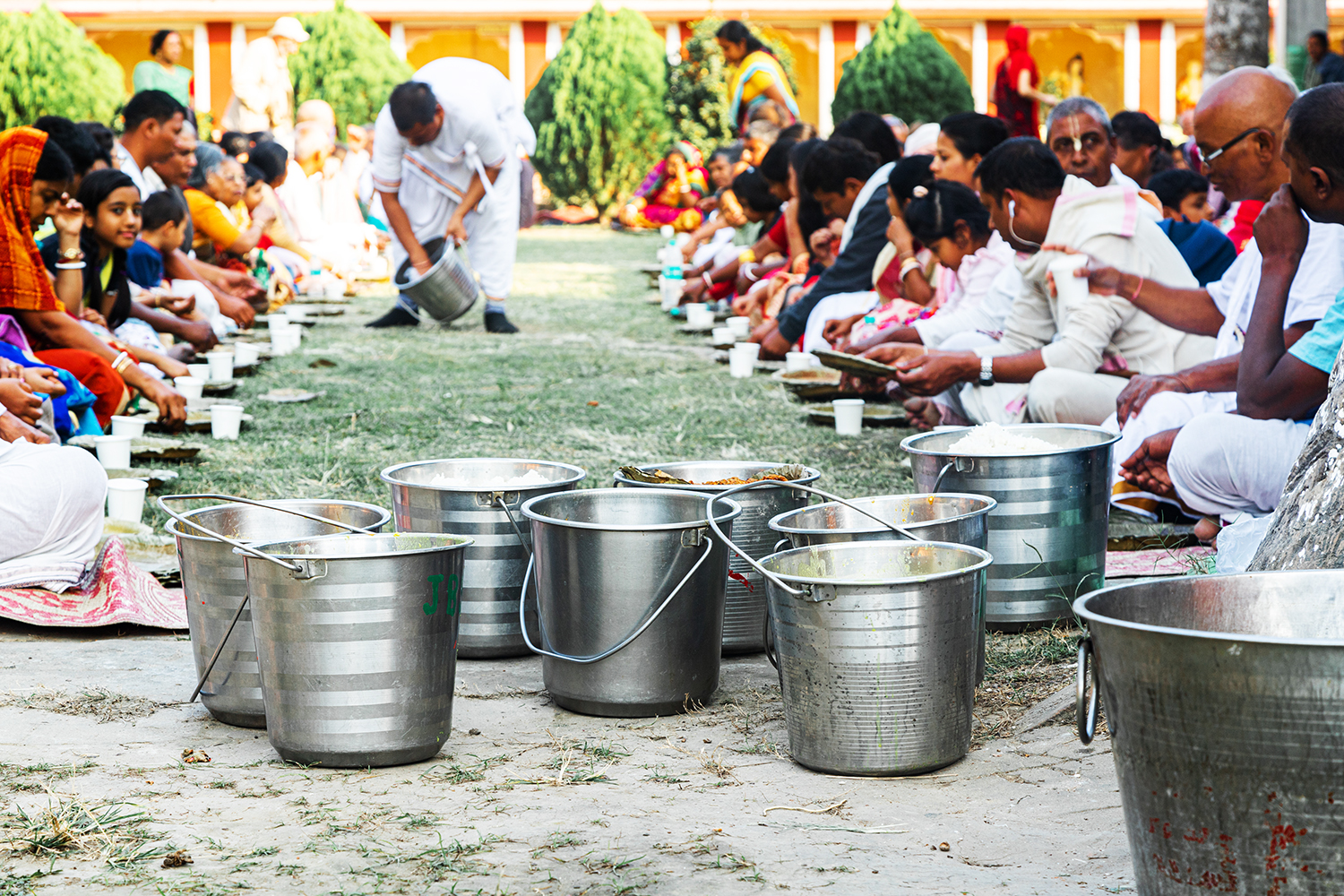
Adani @ Rath Yatra
Lord Jagannath’s Grand Banquet: How ‘Chhappan Bhog’ Nourishes Faith and Tradition During The Rath Yatra
 The concept of the “Chhappan Bhog” at the Lord Jagannath Rath Yatra in Puri is
deeply rooted in devotion, ritual tradition, and the philosophy of divine service
(seva).
The concept of the “Chhappan Bhog” at the Lord Jagannath Rath Yatra in Puri is
deeply rooted in devotion, ritual tradition, and the philosophy of divine service
(seva).
The "Chhappan Bhog" literally translates to 56 types of food offerings, and it
represents a grand daily offering made to Lord Jagannath, and during Rath Yatra, it
becomes even more elaborate and significant.
Legend says that Lord Jagannath observes a strict daily eating ritual, being served
eight times a day. However, during the Krishna avatar, Lord Krishna fasted for seven
days continuously to protect the villagers of Vrindavan from Indra’s wrath (by
lifting the Govardhan Hill).
After those seven days, the devotees offered him eight meals a day for seven days (8
× 7 = 56) to make up for it—thus, “Chhappan Bhog” was born as a gesture of love,
gratitude and nourishment.
The offerings typically include a wide array of:
• Sweets like Rasabali, Khaja, Malpua, Chhena Poda, Kheer
• Rice dishes like Ghee Rice, Khechudi, Kanika
• Dal preparations, Saaga (leafy greens), and vegetable curriesv
• Pakhala (fermented rice), Puris, and Pithas (rice-based cakes)
The ingredients are purely vegetarian, and importantly, no onion or garlic is used.
All items are prepared in the largest kitchen in the world—the Ananda Bazaar of the
Jagannath Temple, using earthen pots on wood-fired clay ovens, following ancient
methods.
• It's not just food—it's Mahaprasad, sanctified by divine touch.
• It reflects Nitya Seva (eternal service) and Bhakti Yoga, offering nourishment to
the Lord as if He were a living family member.
• During the Rath Yatra, when the deities are taken out of the temple, the same
devotion travels with them—offerings continue, but the temple kitchen rests, and
special Bhog is offered at Gundicha Temple (where the deities stay for 9 days).
The “Chhappan Bhog” is a beautiful blend of devotion, tradition, hospitality, and
cultural richness. It reminds devotees that the bond with God can be as tender and
tangible as feeding a loved one. In Puri, food isn’t just nourishment—it’s a form of
prayer.